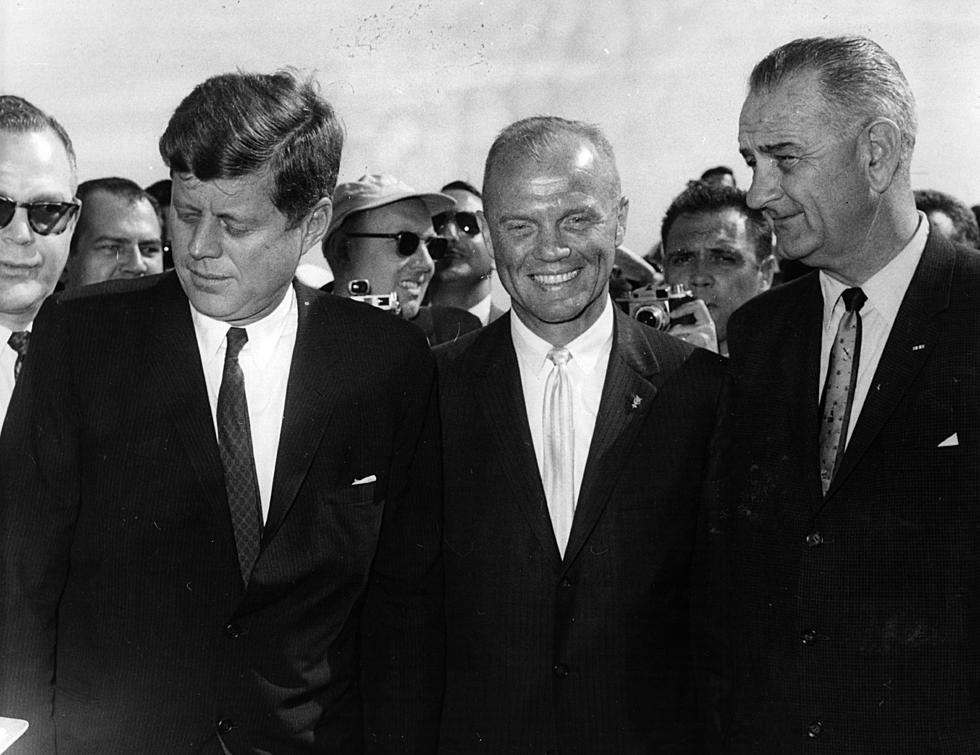
Illinois Gets A Great Look At A Meteor Shower This Weekend
We've had a bunch of reasons lately to stop what we're doing and look up into the sky. In just over a month, we've had a front row seat to a stunning solar eclipse and then, a few days after that, the Devil Comet flew over.
Obviously, the solar eclipse got a lot more publicity because it took place in the middle of the afternoon on April 8th, while the Devil Comet was something that required nighttime viewing and was much better if you had a telescope or good binoculars.
This weekend's meteor showers won't require special glasses like the eclipse did, and you won't need a pair of binoculars or a telescope to see something pretty cool. As an added bonus, we're in a new moon stage, meaning the skies should be good and dark for optimum viewing.
You May Be Unaware Of This, But You Can See A Meteor Whizzing By On Nearly Any Night (you may call them shooting stars), But Some Nights Are Much Better Than Others And Have A Lot More Meteors
That's the hope this weekend as the Eta Aquariid Meteor Shower reaches its peak visibility. This meteor shower is a regular occurrence each and every year in May when the Earth passes through the orbit of what's probably the best known of all comets, Halley's Comet.
When it streaks through our star system, Halley's Comet leaves a trail of dust and debris, the Earth passes through all that, and you've got yourself a meteor shower.
The weird thing is that this phenomenon happens twice per year. The first time we pass through the Halley's comet debris is in May with the Eta Aquariids, then we pass through again in October and we see the Orionid meteor shower.
Let's Get To What You Need To Know: When To Look And Where To Look This Weekend To See The Eta Aquariid Meteor Shower
Unlike the recent solar eclipse, which had the decency to take place at 2:00 in the afternoon, you'll have to get up early or stay up really late for the best viewing. According to NASA, the best time for checking out the Eta Aquariids is in the hour or so before dawn on both Saturday and Sunday mornings.
NASA says that you should give your eyes about 30 minutes to adjust to the darkness, then you should be looking straight skyward while lying on the ground (or sitting with your chair back) with your feet toward the east.
You can expect anywhere from 10 to 30 meteors per hour.
LOOK: The states with the most UFO sightings
Gallery Credit: Nicole Caldwell & Matt Albasi

